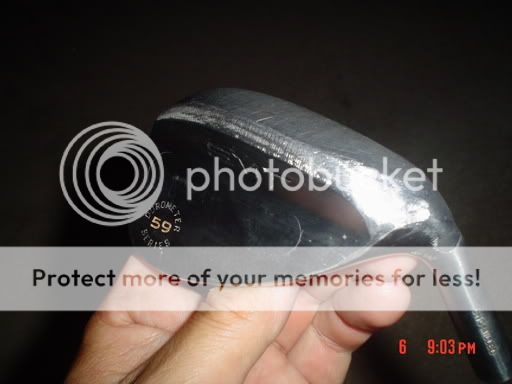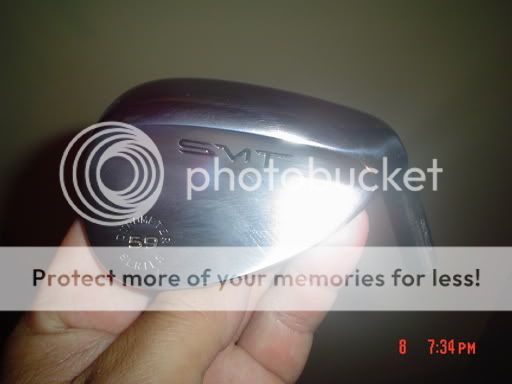lookingtolearn
New
Are there certain wedge specifications (such as bounce angle, sole grind, etc.) that help with executing the "tour pitch?"
Thanks.
Thanks.
Brian and i found this weekend, that a thinner sole with more bounce makes the tour pitch easier


I like a max heel relief grind. This allows you to play all kinds of different shots.
C-grind I believe it is called.
